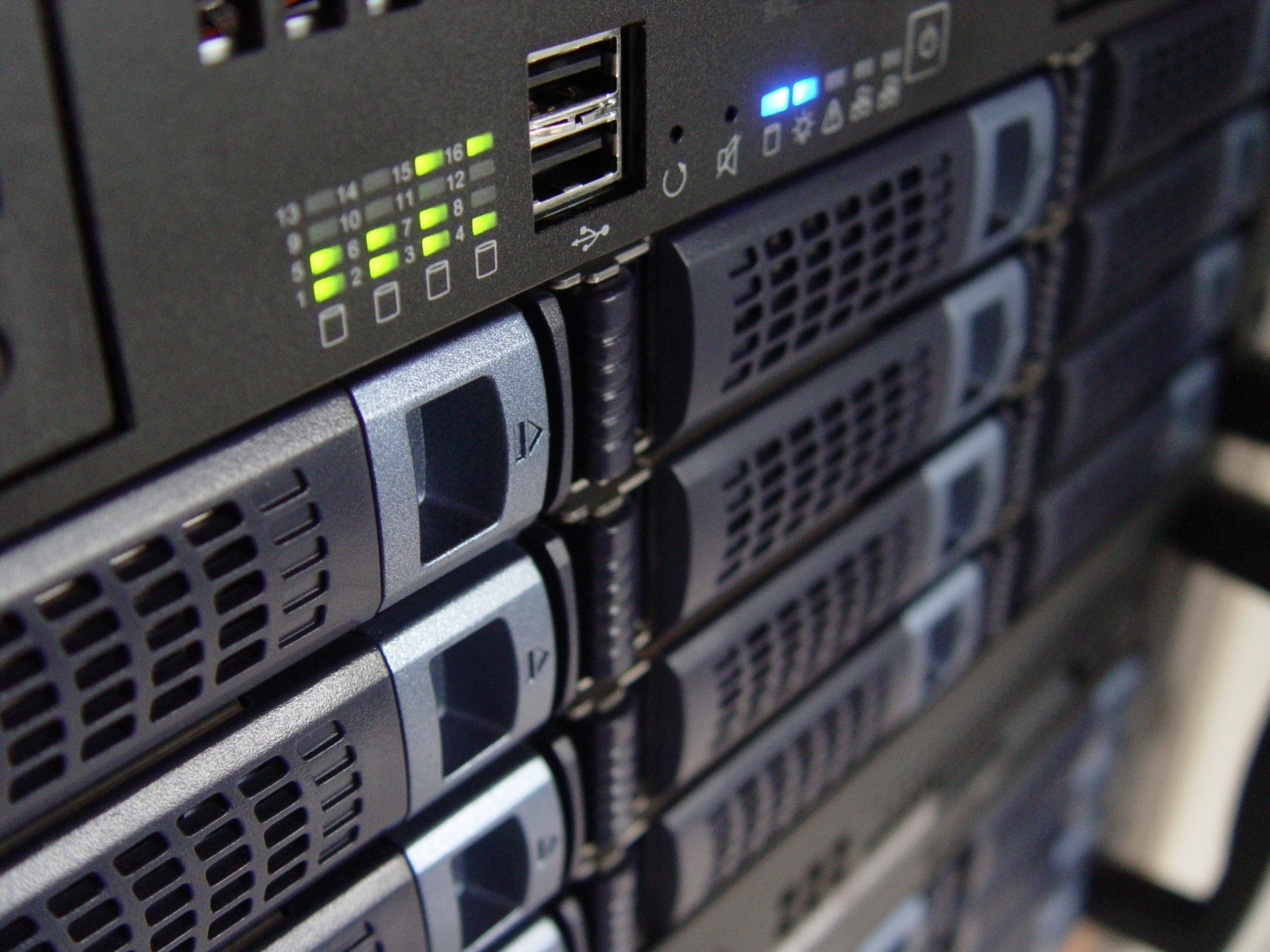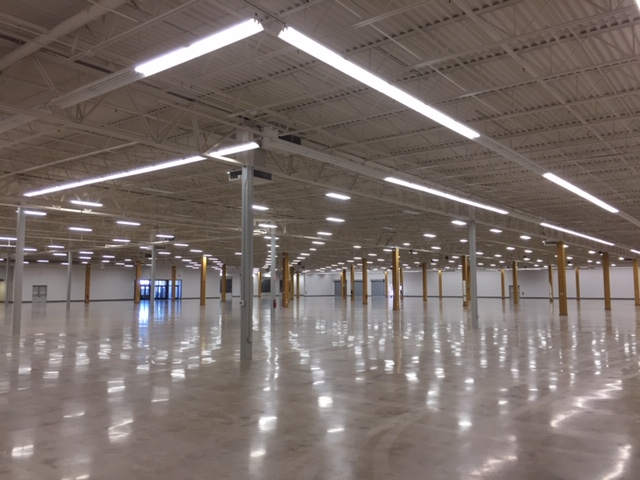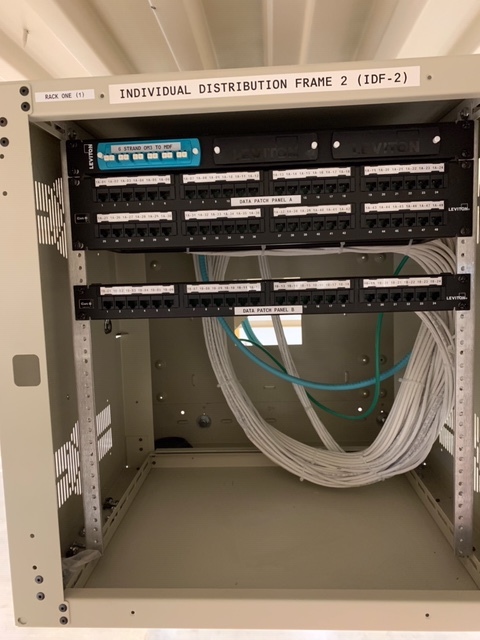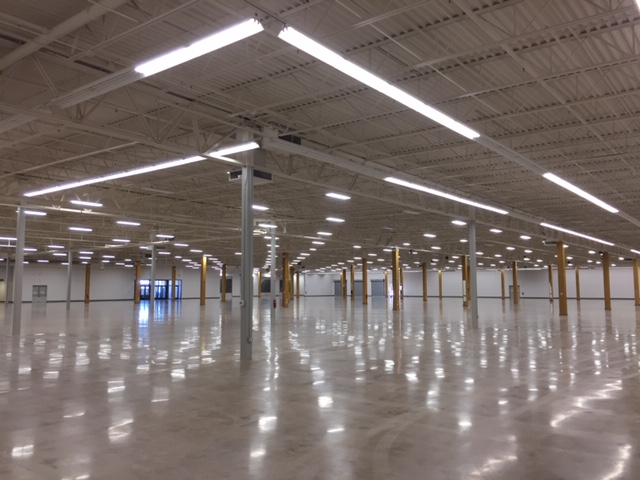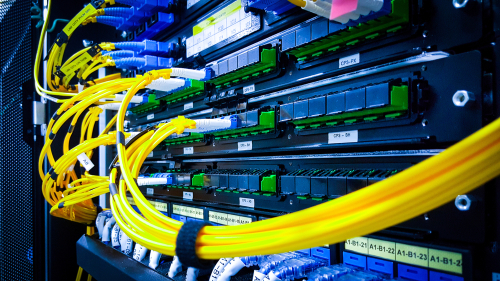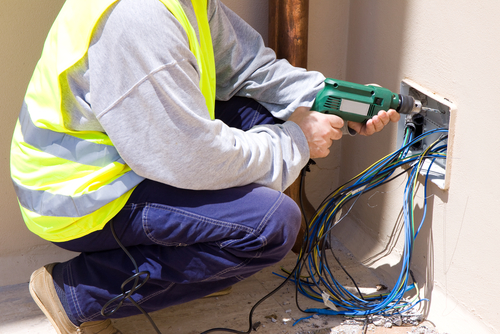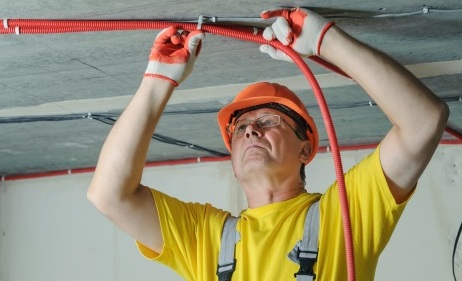Aquisitions & New Construction
New Construction | Installation
IT & Telecom Installation | Multi-site or Enterprise cabling and Integration for New Construction
Software, servers, computers, routers and other hardware are top of mind when thinking about setting up a new location. True, those costs will make up about 80% of your IT budget. But the other 20% of your IT budget is absolutely critical; set this aside for cabling and infrastructure.
Get this last 20% wrong and you could blow your IT allowance through the roof.
A well-laid network cabling structure will not only under-gird your IT Data & Voice systems, but will be key to its stability and security.
While it costs less than hardware, cabling is NOT the place to scrimp.
That said, doing cabling right can save you money today and into tomorrow. We can help (quite reasonably) with a site survey and recommendations on a topology for your network configuration.
Consider cabling for a reasonable level of growth; so that you’re ready to add users or devices without slowing down or crashing your system.
VoIP now or later?
Voice over Internet Protocol (VoIP), also called IP telephony, is the group of technologies that delivery voice and multimedia sessions over Internet Protocol (IP). Internet and broadband telephony simply refer to the fact that communication is happening over the internet rather than on a land-line (public switched telephone network or PSTN). Landlines are also known as plain old telephone service (POTS).
Structured Cabling is the backbone not only for your data but increasingly is structured to accommodate VoIP. Single cabling at each outlet location will limit your trouble shooting, simplify your IT and telecom management, and enable future growth plan
While Prime Data Communications doesn’t do sales, nor do we make recommendations in order to gain a commission - we are often asked by It Managers and Corporate Executives which technology manufacturer is better. We’ll work with whatever you own, and as you make decisions are glad to weigh in (if that’s helpful). A misconception is that you have to remain with one supplier in order for components to work together. When it comes to the large manufacturers, most components are going to be interchangeable (minus the faceplates). So, go with the features that are best for your business. And, our best advice - do a patch-job when you need to, because you need to keep things up-and-running, but the best case scenario is that you’re thinking out 2-3-years and building an cabling infrastructure that can support today’s level of business, and tomorrow’s - safely, reliably, securely.
Great cabling design and installation work hand-in-hand with an IT staff that’s been part of the planning - so that they know and own ongoing wire management. While cabling systems can look great before they’re put to use, the test of a great system is not only its reliability but what it looks like a year into use. If your patch panels are a mess and you can’t effect changes in a rapid and orderly fashion then your IT is going to impact your ROI and ability to grow.
Hiring Prime Data Communications to provide the support you need - allows you to scale for growth, with technology that’s build to take you there. Trustworthy. Reliable. Service.
No Sales. Just Great Service.
Acquisitions | Activation
IT & Telecom Activation | Enterprise Acquisitions, Renovation or New Construction
The American National Standards Institute/ Telecommunications Industry Association (ANSI/TIA) provides Telecommunication Standards that govern the installation and handling practices of cabling materials. TIA-568 TIA-568 is one of the most commonly used standard sets in this industry - and it is our standard.
The bulk of the standards define cable types, distances, connectors, cable system architectures, topologies, cabling installation and connector termination procedures, as well as standards and performance characteristics, cable installation requirements and methods of testing installed cable.
As defined by TIA/EIA, a structured cabling system consists of six infrastructure subsections: Entrance Facility, Equipment Room, Telecommunications Room, Backbone Cabling, Horizontal Cabling and Work Area.
Entrance Facility (EF) refers to the place where network service cables enter a building; this encompasses both the entrance wall or floor and the entrance room and man include: cables and connecting hardware, your electrical protection devices and transition hardware as well as the demarcation point Equipment Room
The purpose of the Equipment Room (ER) is to allocate space in an appropriate operating environment for your IT and Telecom equipment. ERs supply an entire building or campus; a Telecommunications Room (TR), on the other hand, serves a single floor or portion of a building.
The Equipment Room
Your Equipment Room (ER) will often include your IT and data servers, your voice and telecom hub, intrusion detection, data, video, digital panel for fire alarm, energy management, and other centralized components.
In larger facilities, the Telecommunications Room (TR) may be housed separately, while providing the connection point between the building backbone and horizontal distribution pathways.
This is a space large enough for air-quality control and for service employees to work unencumbered.
Your ER will also provides termination and cross-connection of backbone and horizontal cables.
Pathways are the vertical and horizontal route of the cable (including their support structures).
Backbone Pathways and Cabling Backbone Pathways carry signals between entrance facilities, equipment rooms and telecommunications rooms - as well as between buildings in a campus environment.
Horizontal cable lengths must take into consideration the maximum length of work area cables to be utilized - as total distance ought be factoring in for optimal performance.
Cross-Connects facilitate the termination of cabling elements and their connections to other elements of the system.
The Main cross-connect is the transition point between entrance and backbone cabling.
The Intermediate cross-connect is the transition point between the backbone cable of the main and horizontal cabling.
The Horizontal cross-connect is the transition point between backbone and horizontal cabling, providing for a single floor.



